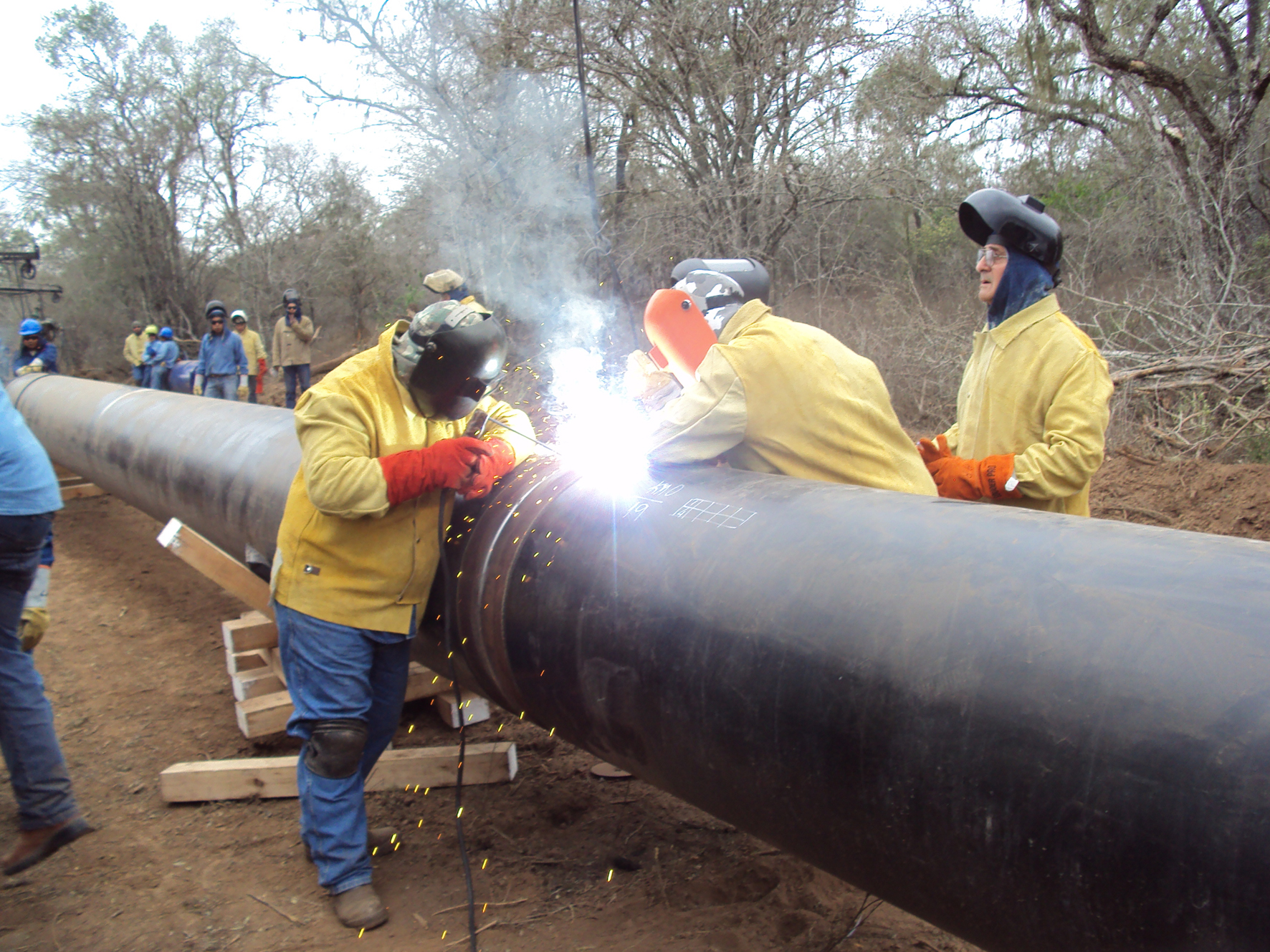May 2011, Vol. 238 No. 5
Features
Work On Argentina-Bolivia Pipeline Moves Ahead

Argentina and Bolivia are building a cross-border pipeline to transport up to 27 MMcf/d of natural gas from Bolivia to the northern Argentine province of Salta.
The Argentine section will be 32-km-long, 30 inches in diameter and cost an estimated $US49.7 million; the Bolivian section will be 18-km-long, 32 inches in diameter and cost $US43 million.
In July 2010, Energía Argentina Sociedad Anónima announced that Services Vertu had been awarded a contract for the Argentine section of the pipeline, which included environmental studies, engineering, procurement, construction and commissioning of the pipeline and associated facilities.
The purpose of the pipeline is to increase the flow of natural gas produced in Bolivia’s San Alberto field that will be linked to the Argentine Northeast Pipeline (GNEA) to provide natural gas to several provinces in the neighboring country.
Construction
In Bolivia, after several postponements to the start of construction, work began the first week of December, shortly after the pipe arrived. Construction has been commissioned to Servicios Vertua while the Bolivian company Kaiser-Petrosur is charged with mobilization of the workforce and installation of the camp along the pipeline route which runs from Campo Grande in the southern region of Tarija to the city of Madrejones on the border with Argentina.
In February, work had progressed to a stage where mobilization and installation of the camp was 80% complete. Crews have also cleared about 68% of the right-of-way and completed approximately 23% of the trench work.
According to officials, the Bolivian section was on scheduled for completion in April.
On the Argentine side, the Juana Azurduy Integration Natural Gas Pipeline (GIJA) will be located near the Argentine-Bolivian border in the province of Salta, and its termination will be next to the Refinor compressor plant located at Campot Durán in the same province.
This site is also the location of the separation and measuring facilities for the gas imported from Bolivia, which will be compressed at this facility and injected into the existing gas transport system.
The pipeline also contains launch and receiving facilities for cleaning and inspection.
Also in Argentina, a 24-inch spur line will be built for future expansion of the gas transmission system to the northwest and connection to the proposed 1,465-km Gasoducto del Noreste (GNEA) gas pipeline that will supply natural gas to an estimated 378,000 users across Argentina’s northern and central provinces.
Construction of the Argentine section began in late September by Buenos Aires-based Vertu Services SA following the award of a contract from Energía Argentina SA (ENARSA).
While the rainy season began with moderate intensity in early December, work is progressing well. Crews encountered two types of terrain along the right-of-way. In the first 17-km section of the Chaco plain, crews found flat ground but dense vegetation and temperatures that reached 450 C from December-February. The area is also dominated by a hardwood forest and located in a jungle-like region.
At several locations in the Chaco Pampa province the irregular terrain made it necessary to bend some of the pipe joints using a hydraulic cold-bending machine.
The remaining 15-km of the pipeline route to the interior of Argentina is located in the jungle foothills, an area where the majority of the technical difficulties arise on the way to Campo Durán. The terrain here is punctuated with many cliffs and steep slopes which proved to hamper excavation as well as the movement of heavy equipment to transport the pipe.
The open-cut construction method was chosen by the Argentine engineers for the Juana Azurduy Pipeline. Crews first cleared a 15-meter wide right-of-way by removing natural obstacles and using motor graders to flatten the area where the pipeline would be located. Crews also built a road to accommodate heavy vehicular traffic and for any emergencies that might arise.
During the second phase, the pipe was laid out in place next to the wooden support platforms so that technicians could carry out the welding operation.
After the welding was completed, non-destructive testing was performed to verify the quality of the welds using a gamma ray system. Next, a 1 x 1 meter trench was excavated and the bottom of the trench layered with sand before four Allis Chalmers HD-16 crawler tractors lowered the pipe into the trench. Before covering the trench, any stones and other objects that could potentially damage the pipe during laying operations were removed. By Dec. 15, less than 2½ months after work started, the company had completed 25 km of the pipeline.
According to plans, the route of the pipeline only had to cross one stream, the San Antonito arroyo, which has an approximate width of 25 meters. However, low water levels during this season allowed the excavation of a 2-feet-deep trench to be excavated on the dry stream bed, thus avoiding a costly horizontal directional drilling.
In this case, each pipe joint for the stream crossing was given a concrete weight coating to prevent it from floating.
All the pipe for the project was supplied by Siat SA Argentina, while the pipe coating operations were performed by Socotherm’s subsidiary, Socotherm Argentina SA, in Buenos Aries.
The Argentine segment of the pipeline is expected to be completed in May.





Comments